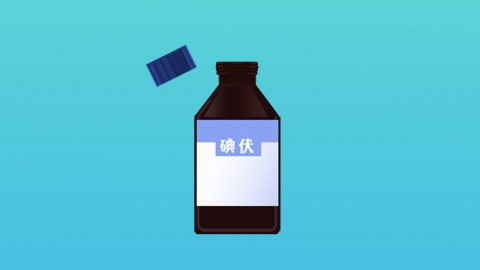What are the risks of frequent use of povidone-iodine?
Generally, frequent use of povidone-iodine may carry risks such as impaired skin barrier function, pigmentation, contact dermatitis, disruption of normal microbial balance, and drug toxicity. If any discomfort or concerns occur, timely medical consultation is recommended. Detailed explanations are as follows:

1. Impaired Skin Barrier Function
Povidone-iodine is a strong oxidizing agent. Frequent use may damage the skin's stratum corneum, weaken the skin's natural barrier, and make the skin more susceptible to external irritation.
2. Pigmentation
Povidone-iodine is a colored substance. Excessive use over a prolonged period within a wound or on the skin surface may lead to pigmentation as the wound heals, causing abnormal skin color at the affected site.
3. Contact Dermatitis
Prolonged improper use of povidone-iodine for treatment may also cause local skin damage and result in inflammatory lesions, accompanied by erosion and exudation.
4. Disruption of Normal Microbial Balance
A large number of normal microbial flora exist on the surfaces of the skin and mucous membranes. These microorganisms play an important role in maintaining local ecological balance and resisting foreign pathogens. Frequent use of povidone-iodine for disinfection may kill not only harmful bacteria but also substantial amounts of beneficial bacteria, thereby disrupting this balance, leading to dysbiosis and increasing susceptibility to other infections.
5. Drug Toxicity
If used frequently and in large quantities, iodine may be absorbed through the skin into the body and accumulate to levels that may cause iodine poisoning. Symptoms of iodine poisoning may include a burning sensation in the mouth and throat, headache, dizziness, nausea, and vomiting.
When using povidone-iodine, it is important to follow medical advice, use it appropriately according to specific medical conditions and disinfection needs, and avoid unnecessary long-term use.




